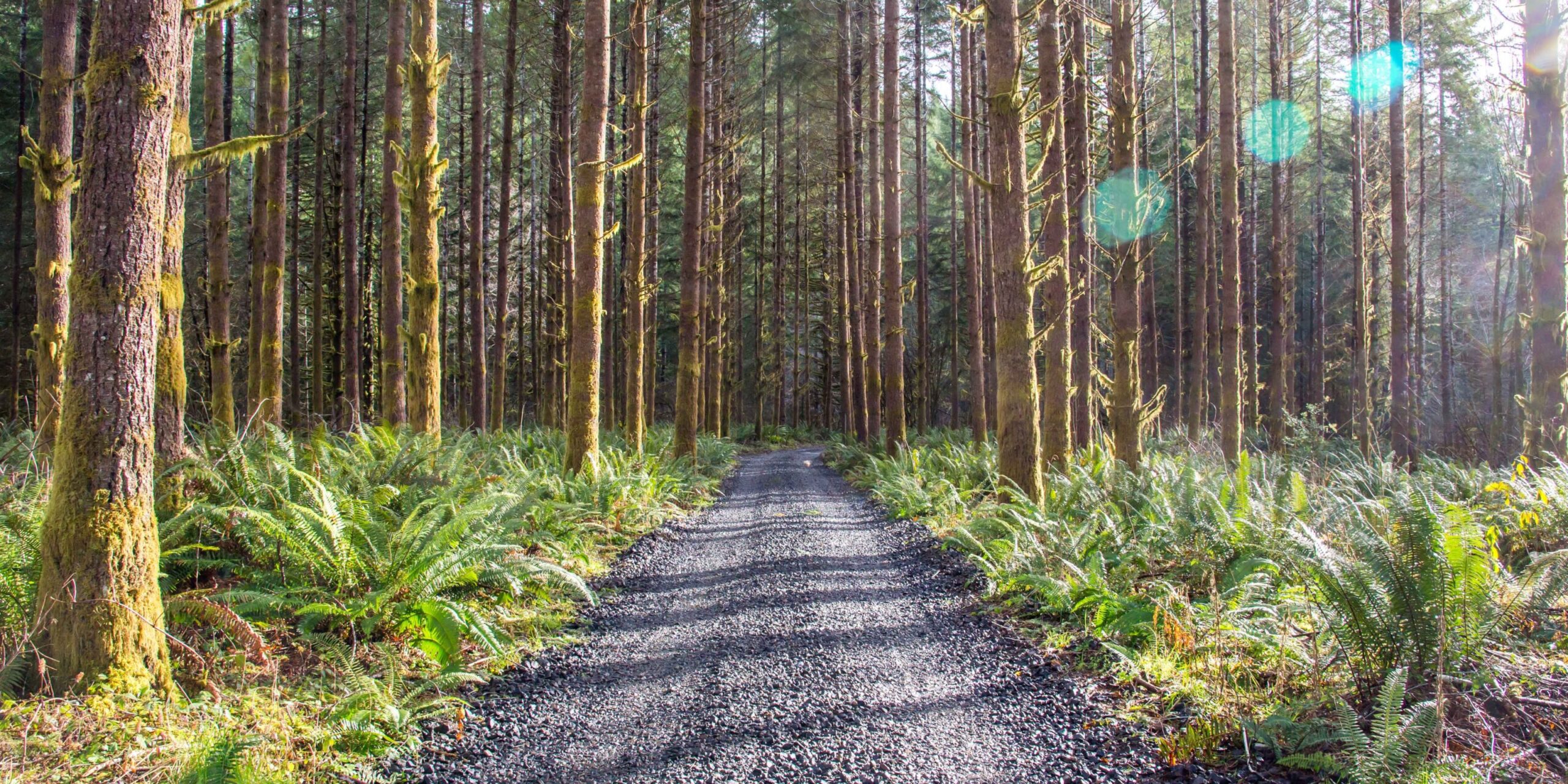
Work. Play. Renew.
How Does Carbon Capture By Trees Help With Climate Change?
 Each year, billions of tons of carbon emissions are released into the air by human activity. Carbon byproducts are mostly generated by the burning of fossil fuels, coal, gasoline and oil. As this carbon is released into the air, it contributes to climate change by trapping heat that would otherwise be reflected off of the Earth’s surface and back into space.
Each year, billions of tons of carbon emissions are released into the air by human activity. Carbon byproducts are mostly generated by the burning of fossil fuels, coal, gasoline and oil. As this carbon is released into the air, it contributes to climate change by trapping heat that would otherwise be reflected off of the Earth’s surface and back into space.
One of the best methods of mitigating climate change, however, is trees. You probably already know that trees absorb carbon dioxide and transform it into breathable oxygen. What you may not know is that a single tree can absorb as much as 48 pounds of carbon per year, meaning that carbon capture by trees is one of the most effective weapons we have in the fight against the negative results of climate change. In fact, Oregon’s forests absorb more than half of the state’s human-caused emissions.
The fact that carbon capture by trees does so much to mitigate the effects of climate change means that we must place increased focus on responsible, sustainable management of our forest resources. This article from Oregon Forests Forever will help to explain exactly what role trees have to play in reducing the impact of climate change.
A Tree Is a Carbon Sponge
Carbon is an essential building block of all life on earth, meaning that all living organisms store carbon in their cells. Trees use their leaves and branches to draw this important nutrient directly from the atmosphere. Once it has been absorbed, the plant can use the carbon, along with water and sunlight, to synthesize the sugars it needs to grow during the process of photosynthesis.
As the tree is growing, carbon is stored within its biomass. Ultimately, all of this carbon will be released back into the atmosphere when the tree decomposes, but what we do with that stored carbon in the interim matters.
If a tree is left to naturally die in the forest , it is consumed by decomposers such as insects, fungi and bacteria, and the stored carbon is released back into the ecosystem.
The carbon in trees can also be released into the atmosphere if the tree is burned during a wildfire. When that happens, it will reenter the atmosphere as a greenhouse gas. Indeed, the fossil fuels we use now, such as oil and coal, are made from plant matter that fossilized millions of years ago.
Alternatively, if that tree is harvested and used to create essential wood products we need, the carbon stored in the wood will remain locked away for the life of that product. In fact, 50 percent of the dry weight of lumber is stored carbon.
Wood Is the Only Renewable, Carbon-Friendly Building Material
We have established that trees are excellent at capturing carbon from the atmosphere and that, as long as the wood from that tree exists, they will store that carbon. Take a moment to consider the implications this has for the world of construction and development. If the wood from a tree is used to construct a house (or other building), it will still keep the carbon content safely stored away.
Compare this to other building materials. The manufacturing of metal, concrete, steel and plastic, for example, generates a great deal of carbon byproducts and does nothing to capture or store carbon after the fact. Wood, of course, does, and it’s also recyclable, meaning that it can help to keep harmful greenhouse gasses out of the atmosphere for many, many years.
Unlike many other resources, wood is also renewable, meaning that when it is harvested from a forest, it will eventually grow back. Ensuring that the lumber from forests is harvested in a responsible and sustainable manner is the goal of campaigns like Oregon Forests Forever.
Forests Have Many Other Benefits Too
When forests absorb carbon dioxide from the atmosphere, they do more than just sit on it: they convert it into the oxygen humans and other animals breathe. The constant cycling of carbon capture and oxygen production is an incredibly important element of ongoing life on earth: trees need us, and we need them.
Trees filter other pollutants and impurities from the air, as well, in addition to producing compounds such as phytoncides, which are actually healthful for humans to breathe.
There are also the benefits forests have for mental health. Studies have indicated that even occasional visits to forested areas can improve mood and reduce the symptoms of depression.
In terms of other environmental benefits, forests can help to regulate the water cycle in an area, reducing drought and increasing much-needed rainfall. They serve as habitats for birds, deer, squirrels and other wildlife and provide homes for animals that would otherwise enter human habitations and be considered pests.
What You Can Do to Protect Forests
The importance of forests for our ongoing survival cannot be overstated, especially as we continue to look for ways to combat the negative effects of climate change. It’s critical that we look for ways to responsibly utilize wood as a resource, without threatening the ongoing existence of the forests we depend so heavily upon.
Oregon Forests Forever is a coalition of individuals, organizations and businesses dedicated to the sustainable management of forests.
Sign up for our email list so that you can be kept updated about the ongoing protection and sustainable management of Oregon’s forests.